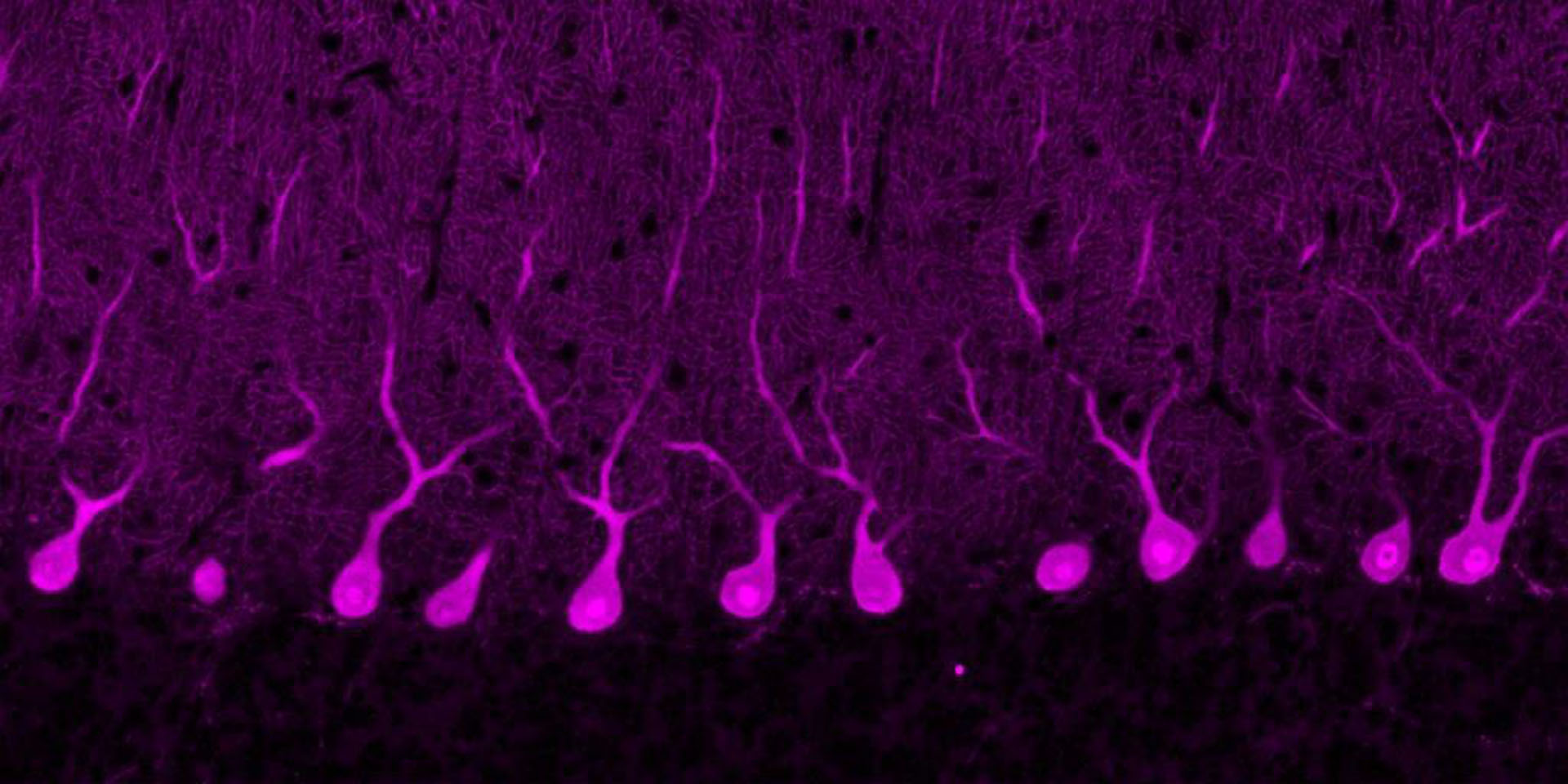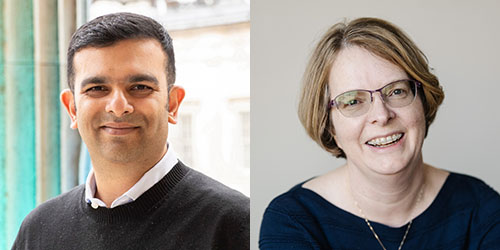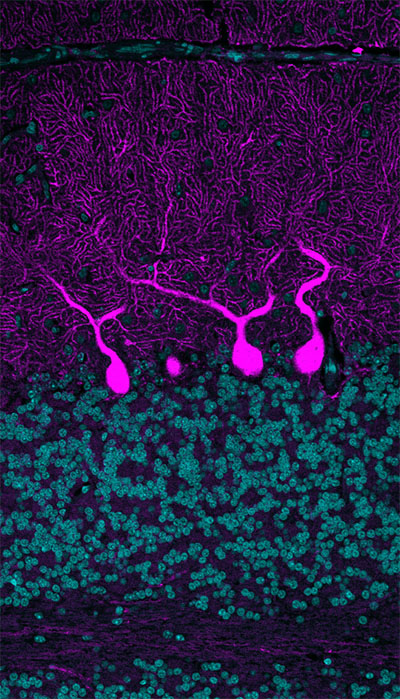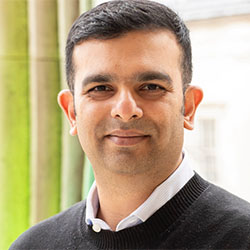Mapping the Emergence of Neurons in the Developing Brain
Published
Featured Researchers

 Seattle Children’s researchers Drs. Parthiv Haldipur (left) and Kathleen Millen
Seattle Children’s researchers Drs. Parthiv Haldipur (left) and Kathleen MillenFor the first time ever, researchers in Seattle Children’s Research Institute’s Norcliffe Foundation Center for Integrative Brain Research and colleagues have mapped and described the very earliest emergence of neurons in the developing human cerebellum, part of the brain essential for motor, cognitive, behavioral and social functions. Disturbances in cerebellar development cause considerable neurodevelopmental disruption, including autism. The findings were published April 18, 2025, in the journal Proceedings of the National Academy of Sciences.
Kathleen Millen, PhD, a principal investigator at the research institute, along with co-senior author Parthiv Haldipur, PhD, a senior research scientist in the Millen Lab, said despite extensive studies of brain development using preclinical models, knowledge of human cerebellar development remains incomplete.
Dr. Millen’s and Dr. Haldipur’s foundational research on human brain development has led to greater understanding of pediatric brain cancer and brain birth defects. Leading the first lab in the world to focus on human cerebellar development, Dr. Millen and her colleagues previously identified important stem cells in the developing human brain that are the cells of origin in pediatric brain tumors. The insights steered new, ongoing clinical trials globally for medulloblastoma (aggressive pediatric brain tumors).
Neuron Development
In this study, researchers characterized the development of Purkinje cells — large neurons located in the cerebellar cortex, crucial for motor control and coordination — and interneurons. Purkinje cells are linked to cerebellar disorders like ataxia (conditions that affect coordination, balance and speech).
In the long term, this knowledge could help identify key developmental milestones, uncover vulnerabilities that contribute to neurological disorders, and ultimately inform strategies for early diagnosis and intervention.
They found Purkinje cells develop early — within the first 54 days of gestation — but take much longer to fully integrate into the cerebellum and mature. These cells are born during embryogenesis, before 8 weeks post-conception.
The research team found cerebellar inhibitory neuronal differentiation and maturation extends long into the third trimester and postnatal periods, different from small-animal models. The early and extended developmental profiles of these neurons are striking and suggest early and extended vulnerability to developmental insults.
“One of our key findings is that these neurons are born very early but take a long time to mature, making them vulnerable to injury for an extended period,” Dr. Haldipur said. “This prolonged maturation may make them more susceptible to dysfunction and external influences like maternal nutrition and drug exposure.”
Treatment-Informing Research
 Purkinje cells
Purkinje cellsThe researchers hope to continue expanding their understanding of human cerebellar development by directly studying early human development samples and datasets. “While preclinical models have provided valuable insights, they cannot fully capture the complexity of human development,” Dr. Millen said. “Our goal is to build a comprehensive, human-specific framework for how cerebellar structures form and mature.
“In the long term, this knowledge could help identify key developmental milestones, uncover vulnerabilities that contribute to neurological disorders, and ultimately inform strategies for early diagnosis and intervention,” she said.
In addition to a large team of global collaborators, Seattle Children’s contributing authors include Kimberly Aldinger, PhD; Zachary Thomson (formerly of the Aldinger Lab); and University of Washington undergraduate research students Henry Tan, Jake Millman, Joseph Golser, Omar Khan, Guanyi He and Kathleen Bach, all of the Millen Lab.
“This project demonstrates the power of undergraduate research experiences here at the research institute,” Dr. Haldipur said. “Six UW undergrads contributed considerable efforts to this work. We are providing valuable research experience to train the next generation of scientists.”
The research was supported by grants from the National Institutes of Health to Drs. Millen and Haldipur, and by young investigator grants to Dr. Haldipur from the National Ataxia Foundation, and the Brain and Behavior Research Foundation.
— Colleen Steelquist


